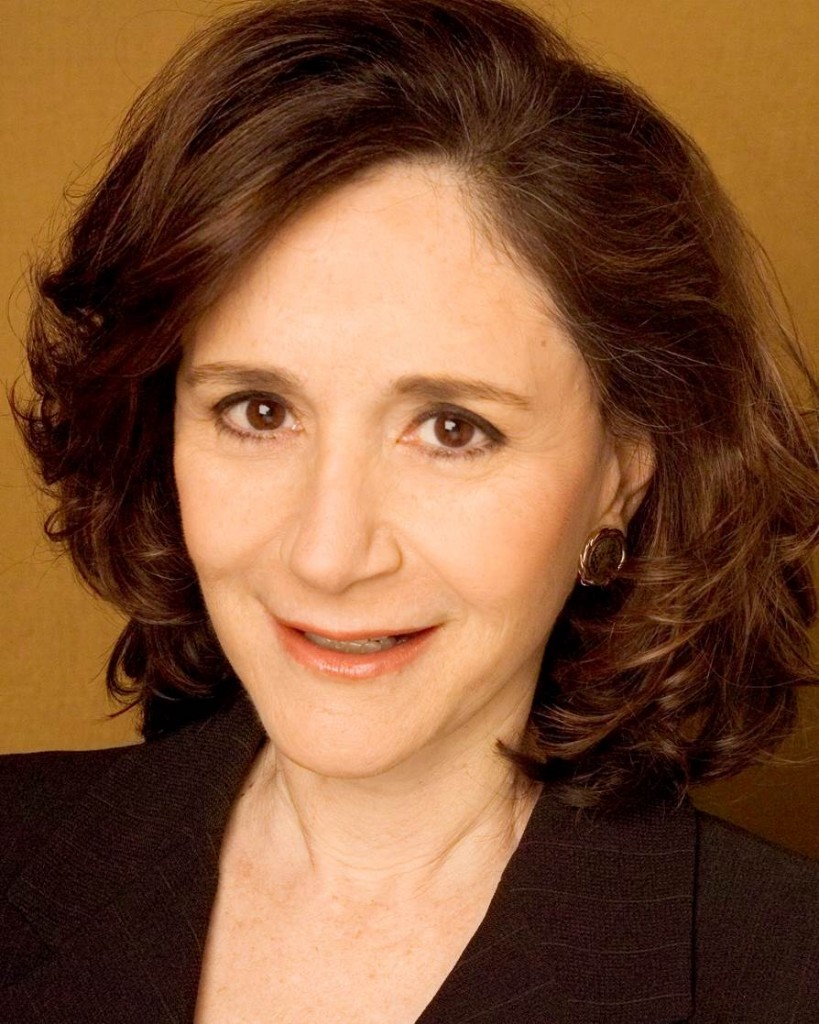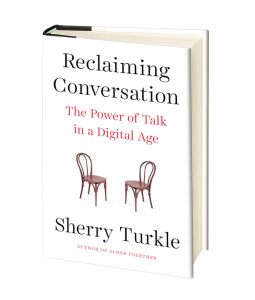Well, so far I haven't done so well with "going dark", but today I begin again. Went into the studio and let my various sketchbooks spill out before me, every single one of them murmuring stories and pictures at my, ostensibly, emptying out imagination They have a lot of memories, strings that remain unwoven. This painting above, for example, which I did in 1993, in a long winter in upstate New York, the windows outside up to the frame in beautiful snow, my summer garden long buried beneath that white cascade. There are times I so much miss the silence, the beauty, and the danger of those long Northern winters.
The painting was done with acrylics and a sponge, and I always figured I'd do a continuing series of them, but I never did. It said "past desire, ambition or grief, I rest in the Earth a seed." I think this was my first "incubation" painting. The sleeping figure is entwined with all other life, and a shaft of water, or perhaps light, nourishes the dreaming figure that waits for the season of new beginnings.
Why should we conceive of ourselves as apart from the cycles of Gaia that all other living beings experience? Perhaps that was the true Original Sin, when the patriarchs began to invent religions and philosophies that somehow made us "apart" from the cyclical, magical animals we are, among so many other kinds of magical animal beings. Yes, I think that is what "sin" means to me.
You do not have to be good.
You do not have to walk on your knees
For a hundred miles through the desert, repenting.
You only have to let the soft animal of your body
love what it loves
......Mary Oliver
Here's a meditation I found from a winter in Berkeley, when I had my "Rites of Passage" Gallery. I still like it.
Close your eyes, and see a cord
a shining umbilical cord at your naval
that goes down,
into the dreaming Earth.
Into the darkness, the silence, follow,
that luminous cord,
un-becoming,
un-knowing
As you descend into the warm darkness
remove your garments
remove, one by one
remove your masks.
One by one, take them off
feel the heavy weight of each as
you let it fall, as you descend.
Let each mask fall away, but
take a moment to see it before it falls
into the Earth, into the darkness.
Take off the mask of competence,
the mask of your accomplishments.
what does that mask look like?
Take off the child's mask, the little one
laughing with delight, the child crying helplessly in an empty room.
Take it off with tenderness.
The masks of relationship, the masks you wear with others,
the mask of the lover, the mate, the parent,
the mask of conflict, the mask of the warrior,
the mask of affiliation, of responsibility, of duty:
take each one off, hold it in your hand, let it go,
into the darkness, see them fall,
the question "who am I?"
falling like a feather with them.
And take off the mask of your age
the accumulated years that whisper
I'm just a kid, I'm middle aged, I'm old, I must, I can't,
I will I should it's too late, I can't.........
take them all off, let go, feel the weight leave you.
The masks of your parents that you also learned to wear,
their fears and dreams in the shape of your face,
remove them with respect and pity, and descend
to the last masks, the shadow masks
the masks you do not look at, but cling to,
see them in your hands - and let them go,
into the darkness, into the dreaming Earth.
Rest, and wait.
Ask for the dreams
the unborn ones
that wait to be born in you
empty and held in the womb of the Earth
invite them to come, in time to come,
the guidance and inspiration that will infuse your new year.
Make that prayer into the darkness,
feel it like a pulse among roots, that deep umbilical
holding you safe. Rest, and know you are loved,
held, a seed, a child, a hope, a potential.
Begin to ascend at last.
As you rise, see the masks you've discarded -
one by one, take them in your hands.
Perhaps some you no longer need;
some you will examine more closely in the future.
Perhaps some you will discard, and
some you will wear more lightly. Feel their weight.
And as you emerge from the earth
into the sunlit world, feel that unbroken cord, shining,
unseen, holding you to your origin. And
always, always generous.
(1998)







 We also talk about how apps and texting are destroying empathy and making it harder and harder to develop real relationships. We talk about what computers and mobile devices do to classrooms and learning, seeing how some professors who at first welcomed them are now banning them and why.
We also talk about how apps and texting are destroying empathy and making it harder and harder to develop real relationships. We talk about what computers and mobile devices do to classrooms and learning, seeing how some professors who at first welcomed them are now banning them and why. 









